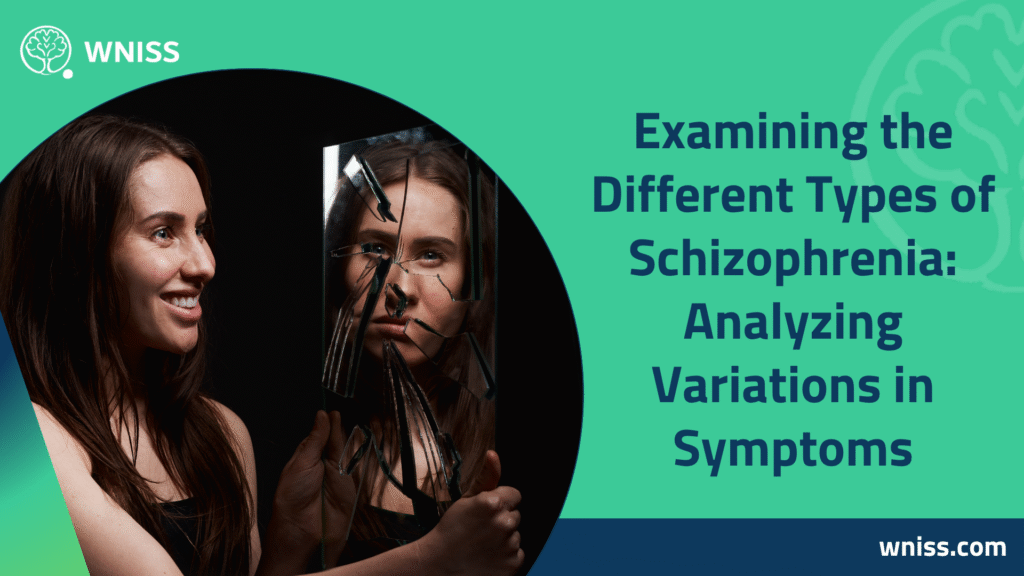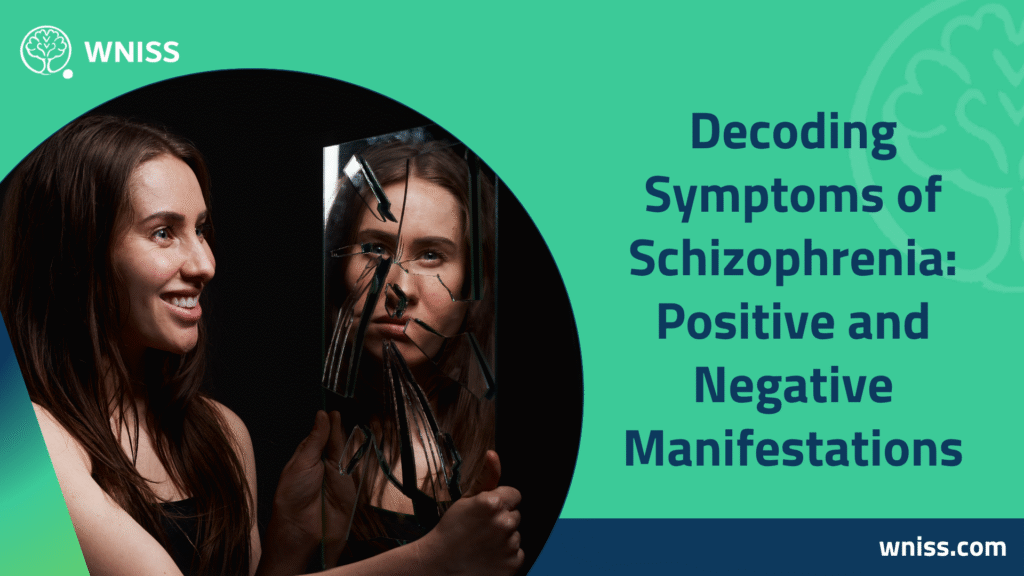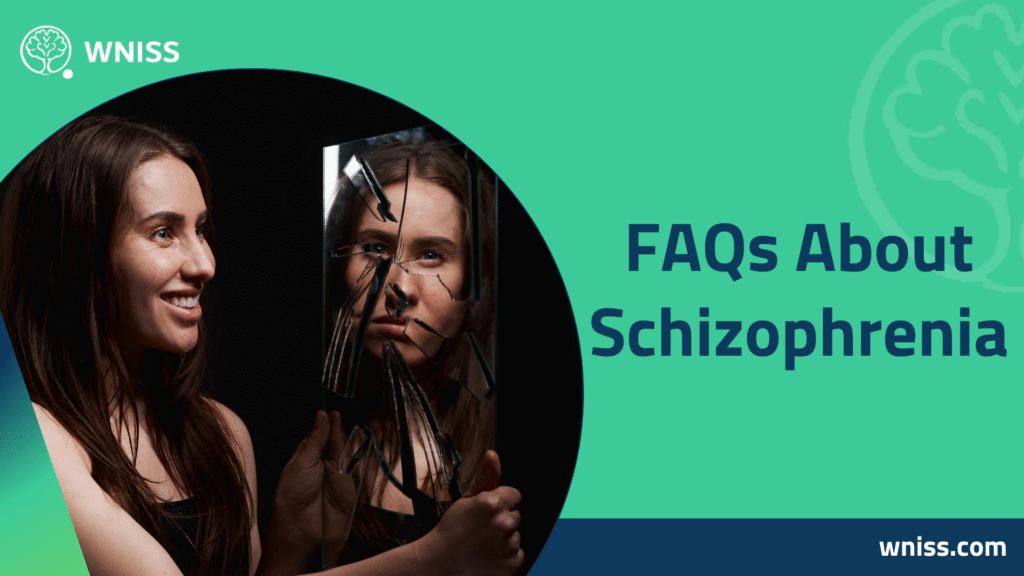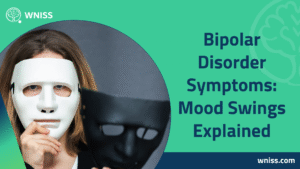When addressing the question what is schizophrenia, it becomes immediately clear that this complex psychiatric disorder goes far beyond the misconceptions perpetuated in popular culture. Medically speaking, schizophrenia is a chronic and severe mental health condition characterized by profound disruptions in thinking, perception, emotion, and behavior. This disorder often causes individuals to experience distorted interpretations of reality, leading to significant functional impairment and diminished quality of life. However, to fully understand what is schizophrenia, it is necessary to explore not only its clinical definition but also the broad range of symptoms of schizophrenia, potential causes of schizophrenia, and the available options for the treatment of schizophrenia.
The reality is that schizophrenia affects each individual differently. While some people might experience more pronounced positive symptoms of schizophrenia, such as hallucinations and delusions, others may struggle primarily with negative symptoms of schizophrenia, such as emotional withdrawal, diminished motivation, and reduced social engagement. Because of this variability, both diagnosis and treatment demand a personalized, multi-dimensional approach. As research advances, understanding what is schizophrenia evolves, but its foundation as a brain disorder that alters fundamental human cognition remains universally accepted within the medical community.
Additionally, when examining what is schizophrenia, it is important to clarify that the condition has no relation to multiple personality disorder, despite persistent public confusion. Rather than splitting into different identities, individuals with schizophrenia typically experience psychotic symptoms that distort their interpretation of the world around them. These episodes can lead to difficulties maintaining relationships, employment, and basic self-care, which further compounds the challenges faced by patients and caregivers alike.
The term itself—schizophrenia, pronunciation as [skit-suh-FREE-nee-uh]—derives from the Greek words “schizo” meaning split and “phren” meaning mind, referring to the fragmentation of thought processes rather than the development of multiple personalities. Such distinctions are critical to accurate public education and understanding.
Examining the Different Types of Schizophrenia: Analyzing Variations in Symptoms
Understanding what is schizophrenia also involves exploring its subtypes, historically categorized under various clinical presentations. Though modern diagnostic manuals such as the DSM-5 focus less on rigid classifications and more on symptom severity, the traditional types of schizophrenia remain useful for descriptive purposes:

- Paranoid Schizophrenia: Characterized predominantly by persecutory delusions and auditory hallucinations. Individuals often believe others are plotting against them, leading to social isolation and fear-driven behavior.
- Disorganized Schizophrenia: In this form, disorganized thinking and speech dominate, often accompanied by inappropriate emotional responses and difficulty performing daily tasks.
- Catatonic Schizophrenia: Marked by abnormal motor behaviors, ranging from physical immobility to excessive, purposeless movement. Some patients exhibit stupor, while others display echolalia or echopraxia.
- Residual Schizophrenia: Diagnosed when active psychotic symptoms have lessened but negative symptoms persist, such as social withdrawal and reduced motivation.
- Undifferentiated Schizophrenia: Applied when symptoms are varied and do not fit neatly into any specific subtype but still meet diagnostic criteria.
Each of these types of schizophrenia reflects distinct patterns of clinical presentation, underscoring the importance of a thorough psychiatric evaluation for precise diagnosis and effective treatment planning.
Unraveling the Causes of Schizophrenia: A Multifactorial Understanding
One of the most critical aspects of addressing what is schizophrenia involves analyzing its underlying causes of schizophrenia, which are complex, multifactorial, and not yet entirely understood. Nonetheless, current psychiatric research has identified several contributing factors:
- Genetic Predisposition: Family history plays a significant role in susceptibility to schizophrenia. Having a first-degree relative with the disorder significantly increases one’s risk.
- Neurochemical Factors: Abnormal dopamine transmission in the brain is strongly linked to psychotic symptoms, although serotonin and glutamate imbalances are also implicated.
- Structural Brain Changes: Brain imaging studies have revealed that individuals with schizophrenia may have enlarged ventricles, reduced gray matter, and abnormalities in certain brain regions involved in cognition and emotion.
- Prenatal and Perinatal Factors: Complications during pregnancy or birth, such as maternal infections or hypoxia, may increase risk.
- Environmental Triggers: Stressful life events, childhood trauma, and substance abuse—particularly cannabis use during adolescence—can precipitate psychotic episodes in genetically vulnerable individuals.
Thus, the causes of schizophrenia result from the interplay of hereditary, biological, and environmental influences, requiring a holistic understanding for effective prevention and management.
Decoding Symptoms of Schizophrenia: Positive and Negative Manifestations
A key component of understanding what is schizophrenia involves identifying the varied symptoms of schizophrenia, which are broadly classified into positive symptoms of schizophrenia and negative symptoms of schizophrenia. This classification provides insight into both overt psychotic features and the more subtle yet equally debilitating cognitive and emotional deficits.

Positive Symptoms of Schizophrenia
These symptoms represent an exaggeration or distortion of normal functions and include:
- Hallucinations: Most commonly auditory, where individuals hear voices that others do not.
- Delusions: Strongly held false beliefs, often involving paranoia or grandiosity.
- Disorganized Speech and Thinking: Incoherent speech patterns, derailment of thought processes, and difficulty organizing ideas.
- Bizarre Behaviors: Unusual body movements or inappropriate emotional reactions.
Negative Symptoms of Schizophrenia
These symptoms involve reductions or losses of normal emotional and cognitive functions, such as:
- Affective Flattening: Limited emotional expression, including monotone speech and reduced facial expressions.
- Alogia: Poverty of speech, where communication becomes sparse or repetitive.
- Anhedonia: Inability to experience pleasure from activities once enjoyed.
- Avolition: Lack of motivation to initiate or sustain goal-directed activities.
- Social Withdrawal: Avoidance of social interactions and diminished interest in relationships.
Both positive and negative symptoms of schizophrenia significantly impair an individual’s functioning. However, negative symptoms of schizophrenia are often more persistent and difficult to treat, contributing to long-term disability.
Conducting a Differential Diagnosis of Schizophrenia
One cannot fully understand what is schizophrenia without considering the process of differential diagnosis of schizophrenia, which aims to distinguish it from other psychiatric and medical conditions that may present similarly. Several disorders share overlapping features, including:
- Bipolar Disorder: Psychotic features may appear during manic or depressive episodes.
- Schizoaffective Disorder: Combines symptoms of mood disorders with psychotic features.
- Major Depressive Disorder with Psychotic Features: Severe depression may involve delusions or hallucinations.
- Substance-Induced Psychotic Disorder: Hallucinations and delusions triggered by intoxication or withdrawal.
- Neurological Conditions: Disorders like epilepsy or brain tumors can mimic psychosis.
The differential diagnosis of schizophrenia requires careful assessment, including psychiatric history, cognitive testing, brain imaging, and sometimes laboratory tests, to exclude other causes.
Exploring the Treatment of Schizophrenia: Managing Symptoms and Improving Quality of Life
While a definitive cure remains elusive, the treatment of schizophrenia has advanced significantly, enabling many individuals to manage their symptoms and lead productive lives. Comprehensive treatment typically includes:
- Pharmacological Therapy: Antipsychotic medications, both first-generation and second-generation, are the foundation of treatment. These medications primarily address positive symptoms of schizophrenia, though newer agents aim to mitigate negative symptoms as well.
- Psychosocial Interventions: Cognitive-behavioral therapy (CBT), family therapy, and social skills training help address cognitive deficits and improve social functioning.
- Community Support Services: Case management, supported employment programs, and peer support groups play a crucial role in long-term management.
- Rehabilitation Programs: Focused on vocational training, independent living skills, and reintegration into the community.
Early intervention programs are particularly effective, as they aim to reduce the duration of untreated psychosis and promote better long-term outcomes.
FAQs About Schizophrenia

What is it like to have schizophrenia?
Living with schizophrenia can feel like existing in a distorted reality. Individuals often experience persistent hallucinations, delusions, and cognitive disruptions that make it difficult to distinguish between what is real and what is not. Social withdrawal, emotional blunting, and lack of motivation further contribute to isolation and functional decline.
What does a schizophrenic person do?
A person with schizophrenia may exhibit behaviors such as talking to voices, expressing paranoid beliefs, neglecting personal hygiene, avoiding social interactions, or displaying flat emotions. Daily functioning can be severely impaired, particularly without proper treatment.
Is there any cure for schizophrenia?
Currently, there is no absolute cure for schizophrenia. However, with continuous treatment of schizophrenia, many individuals can achieve significant symptom management and lead fulfilling lives. Advances in medication and therapy continue to improve long-term prognoses.
What are the 5 main symptoms of schizophrenia?
The 5 main symptoms of schizophrenia typically include:
- Delusions
- Hallucinations
- Disorganized Speech
- Negative Symptoms (e.g., emotional withdrawal)
- Cognitive Impairments
These symptoms, in combination, disrupt personal, occupational, and social functioning.
How do I tell if I’m getting schizophrenia?
Early warning signs of schizophrenia may include withdrawal from friends and family, decline in academic or work performance, trouble thinking clearly, reduced emotional expression, and unusual thoughts or beliefs. If such symptoms persist, seeking psychiatric evaluation is crucial.
How to behave with a schizophrenic?
When interacting with someone who has schizophrenia:
- Be calm, empathetic, and non-judgmental.
- Avoid challenging their delusions directly.
- Encourage treatment adherence without confrontation.
- Support their autonomy while providing necessary assistance.
- Educate yourself about the disorder to better understand their experience.
In conclusion, comprehensively understanding what is schizophrenia involves much more than merely recognizing its label as a mental disorder. It requires delving deeply into the nature of its symptoms of schizophrenia, understanding both positive and negative symptoms of schizophrenia, recognizing the various types of schizophrenia, identifying the multifaceted causes of schizophrenia, appreciating the critical role of differential diagnosis of schizophrenia, and adopting effective strategies for the treatment of schizophrenia. While this condition remains a lifelong challenge for many, early diagnosis, consistent treatment, and compassionate support offer the hope of stability, autonomy, and improved quality of life for those affected by schizophrenia.




